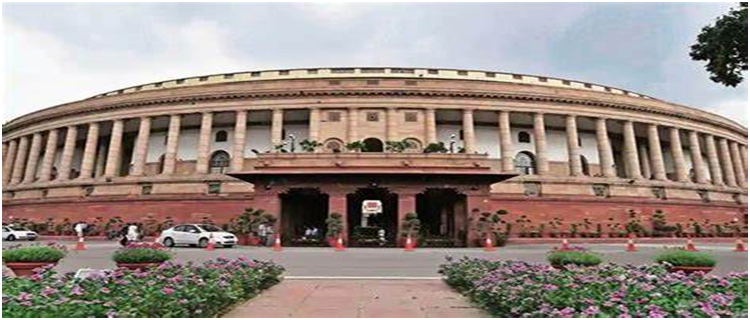Removal of Governor (GS Paper 2, Polity and Governance)

Why in news?
- Recently, DravidaMunnetraKazhagam (DMK) leader TR Baalu urged “all like-minded MPs” to support a proposal to remove the Tamil Nadu governor, R N Ravi.
- The DMK’s call for removal comes when Governors in several non-BJP-ruled states, including Kerala and Punjab, have expressed disagreements with the government on various issues.
Governor’s appointment, removal:
- Under Article 155 and 156 of the Constitution, a Governor is appointed by the President and holds office “during the pleasure of the President”.
- If this pleasure is withdrawn before completion of the five-year term, the Governor has to step down.
- As the President works on the aid and advice of the Prime Minister and the council of ministers, in effect, the Governor can be appointed and removed by the central government. Thus, a Governor is a representative of the Union government in states.
- Article 163 of the Constitution says the Governor will normally be aided and advised by the Council of Ministers except in those functions which require his discretion.
- While the Governor’s duties and responsibilities lie in a particular state, there is no provision for impeaching the Governor.
Governor-State relations:
- Although envisaged as an apolitical head who must act on the advice of the council of ministers, the Governor enjoys certain powers granted under the Constitution, such as
- giving or withholding assent to a Bill passed by the state legislature,
- assenting to the convening of the state legislative assembly,
- determining the time needed for a party to prove its majority, and which party must be called first do so, generally after a hung verdict in an election.
- All these powers have been flashpoints recently; to cite two instances, when the Maharashtra Governor had Devendra Fadnavis sworn in as the Chief Minister in 2019 amid a hung verdict, only for his government to fall in 80 hours; and when the Punjab Governor in September refused to allow a special session of the Assembly for a vote of confidence in the AAP government.
What happens in case of disagreements?
- There are no provisions laid down in the Constitution for the manner in which the Governor and the state must engage publicly when there is a difference of opinion.
- The management of differences has traditionally been guided by respect for each other’s boundaries.
What courts have said about the term “on the pleasure of the President”?
- Since the Governor holds office “on the pleasure of the President”, questions have been raised time and again on whether the Governor has any security of tenure, and if the President is obligated to show reasons for recalling a Governor.
- In Surya Narain Choudhary vs Union of India (1981), the Rajasthan High Court held that the pleasure of the President was not justiciable, the Governor had no security of tenure and can be removed at any time by the President withdrawing pleasure.
- In BP Singhal vs Union of India (2010), the Supreme Court elaborated on the pleasure doctrine. It upheld that “no limitations or restrictions are placed on the ‘at pleasure’ doctrine”, but that “does not dispense with the need for a cause for withdrawal of the pleasure”.
- This ruling had come in response to a PIL filed by BJP leader BP Singhal, who had challenged the removal of the Governors of Uttar Pradesh, Gujarat, Haryana and Goa on May 2, 2004 by the President on the advice of the newly formed UPA government.
- In its judgment, the Bench, while noting that the President can remove the Governor from office “at any time without assigning any reason and without giving any opportunity to show cause”, the power to remove can’t be exercised in an “arbitrary, capricious or unreasonable manner”.
- The Bench held that the court will presume that the President had “compelling and valid” reasons for the removal but if a sacked Governor comes to the court, the Centre will have to justify its decision.
- After this, in 2014, when the BJP government came to power, it was claimed that the central government was pushing Governors to quit on their own, instead of recalling them.
- In August 2014, the Supreme Court agreed to examine a petition by then Uttarakhand governor Aziz Qureshi, challenging the NDA government’s push to make him quit the post.
Various Commissions:
- Over the years, several panels and commissions have recommended reforms in how Governors are appointed and how they function, such as the Administrative Reforms Commission of 1968, the Sarkaria Commission of 1988, and the
- National Commission to Review the Working of the Constitution, headed by retired CJI M N Venkachaliah, in 2001.
- The Sarkaria Commission had recommended that Governors are not sacked before completing their five-year tenure, except in “rare and compelling” circumstances.
Recommendations have also been made for a provision to impeach the Governor by the Assembly. However, none of these have been implemented.


